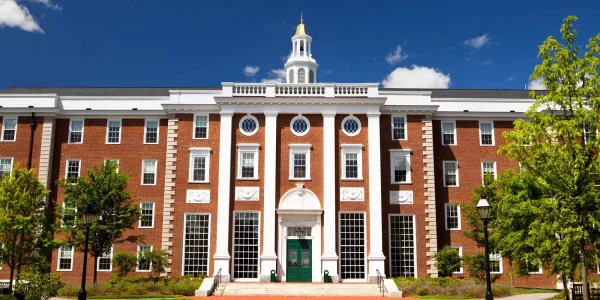Qualifying Affirmative Action
It’s fall, and seniors around the nation and globe are applying to their top schools. But with the significant competitiveness found in students, it is inevitable for this process to turn divisive.
As students wait for their acceptance letters into their favorite campuses, they also become curious about two things: Who will get into certain institutions, and why will they receive acceptance letters while many others won’t?
By the beginning of May, nearly all students are informed of their acceptance, but when they ask themselves why certain people got into certain universities, another question often emerges: Was it because they are minorities? That is where the well-known policy of affirmative action comes in. However, this selection process is not only a concern at the collegiate level but also in employment.
To many who oppose it, affirmative action is simply the policy that helps those of minority races get positions that Caucasians are better qualified for. But in its theoretical sense, according to Merriam-Webster, affirmative action is rather “the practice of improving the educational and job opportunities of members of groups that have not been treated fairly in the past because of their race, sex, etc.” If this definition is applied precisely as defined, it should not cause any problems.
This controversial topic has been in the sight of Supreme Court justices for years. This is primarily because many people have fought the case that affirmative action, as practiced today, is essentially no different than racism itself and defeats the purpose of trying to instill equality. The only difference now lies in who is being victimized.
In 1995 and 1996, during Gratz v. Bollinger and Grutter v. Bollinger, two white, female students stated that the University of Michigan and University of Michigan Law School’s policies of affirmative action were causing reverse discrimination and that both students should have earned spots at the universities based on their credentials. This demonstrated that being qualified was sometimes unimportant if a school had to meet a quota, the number of minorities required in order to classify an institution or business diversified.
However, it was not until 2003 that the Supreme Court came to a conclusion that the University of Michigan was unconstitutional in how it awarded people acceptances simply for their race rather than their hard work. Simply accepting someone into an institution to fill a spot is not how universities should solve their problems of discrimination.
Conversely, when affirmative action isn’t present it causes equal, if not more, turmoil. For example, according to the Political Economy Research Institute of the University of Massachusetts Amherst, Wal-Mart women filed a lawsuit against the company due to lower wages than their male counterparts and fewer females in positions of authority.
In this case, affirmative action was not used in the employment process and demonstrated that discrimination is still present. The only solution is to reach a compromise in which affirmative action is implemented to increase opportunities for minorities rather than to only fulfill a policy.
Affirmative action originally had the intention of leveling the playing field, of trying to wash away injustices of the past and of helping those who were behind. As Lyndon B. Johnson once said: “You do not take a person who, for years, has been hobbled by chains and liberate him, bring him up to the starting line of a race and then say you are free to compete with all the others, and still just believe that you have been completely fair.”
How do people who have been left behind due to circumstance catch up to their counterparts without any special treatment? How do we avoid putting a group of people down for the benefit of another group?
It would be idealistic to think everyone would be equally evaluated for a position at an institution or employment because intolerance still persists among some members of our community; therefore, some barriers must be instilled in order to prevent discrimination from prevailing.
The only controversy that persists is how important race should be when making decisions for employers or the admissions staff. There should be a limit as to how much affirmative action is used. In order to encourage equal opportunity, minorities should be included in everything so long as there are credentials equal those of Caucasians. No one should be turned away, if qualified, simply based on race no matter what race they are.



